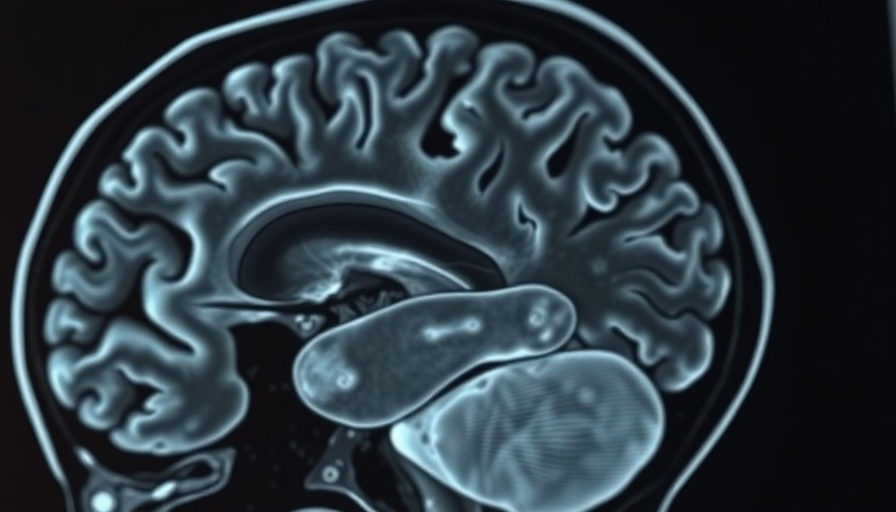
Unlocking the Brain's Healing Potential After Injury
As medical research continues to evolve, scientists at the University of Georgia have made a groundbreaking discovery that could transform treatment for traumatic brain injuries (TBIs). Their research centers around a new compound named CMX-2043, which has shown promising results in enhancing the brain's ability to heal itself post-injury. Currently, there are no FDA-approved drugs specifically designed to rehabilitate or mitigate damage from TBIs, presenting a significant gap in treatment options.
The Science Behind CMX-2043
CMX-2043 operates by increasing the levels of specific enzymes that play an essential role in clearing harmful molecules generated following brain injury. Franklin West, a professor at UGA, noted that CMX-2043 seems to “jumpstart the brain's natural defenses,” acting as a vital cleanup crew that helps repair damage at the cellular level. This discovery underscores a high potential for CMX-2043 to provide the support the brain desperately needs during recovery.
Understanding Traumatic Brain Injuries
Millions of Americans are affected by traumatic brain injuries annually, resulting in tens of thousands of deaths. Each incident triggers an inflammatory response in the body, leading to significant cell and tissue damage. By effectively managing this response, CMX-2043 could change the recovery landscape for TBI patients.
Antioxidants and Recovery: A New Perspective
Interestingly, CMX-2043 is an experimental drug derived from a natural antioxidant, known for its defense against cellular damage caused by excess free radicals. Initially developed for heart injuries, this compound is now being repurposed to limit long-term damage following TBIs. The link between antioxidants and brain recovery may open new avenues for treatments that bolster the brain's restoration mechanisms.
Key Findings From Recent Research
The research represents the first observation of brain-specific enzyme activity in a swine model, linking antioxidant activity to enhanced recovery outcomes. Erin Kaiser, a co-author of the study, explained that stronger antioxidant defenses corresponded with diminished damage observed on MRI scans. This correlation is significant as it indicates the possibility of enhancing the brain's intrinsic repair processes through CMX-2043.
What Sets CMX-2043 Apart?
It's notable that CMX-2043 doesn't directly cause the increases in antioxidant enzyme levels. Instead, the shifts are a response from the body reacting to brain injury. This understanding emphasizes that CMX-2043 may play a pivotal role in supporting the body's existing defense systems. This innovative approach goes beyond traditional methods of tackling TBIs, offering a dynamic pathway for treatment.
The Future of TBI Treatment
As researchers advance their exploration of TBI treatments, CMX-2043 stands at the forefront of this mission. Its potential is not merely as a reactive treatment but as a means to empower the brain's resilience. Moving forward, more research is necessary, including clinical trials to evaluate the effectiveness and safety of CMX-2043 in humans.
Conclusion
As we stand on the precipice of a potential breakthrough in treating traumatic brain injuries with CMX-2043, the implications for millions of patients are profound. The ability to enhance the brain's natural healing processes offers a glimpse into a future where TBIs may no longer carry the heavy burdens they do today.
 Add Row
Add Row  Add
Add 




Write A Comment